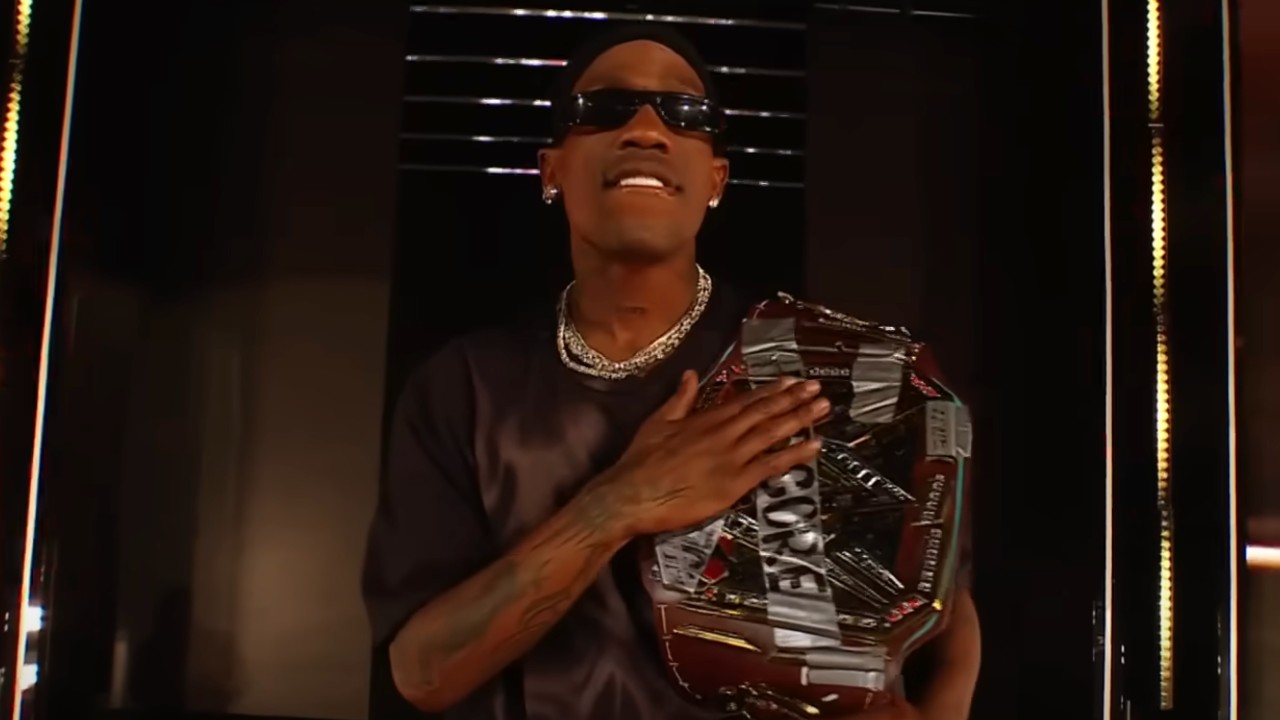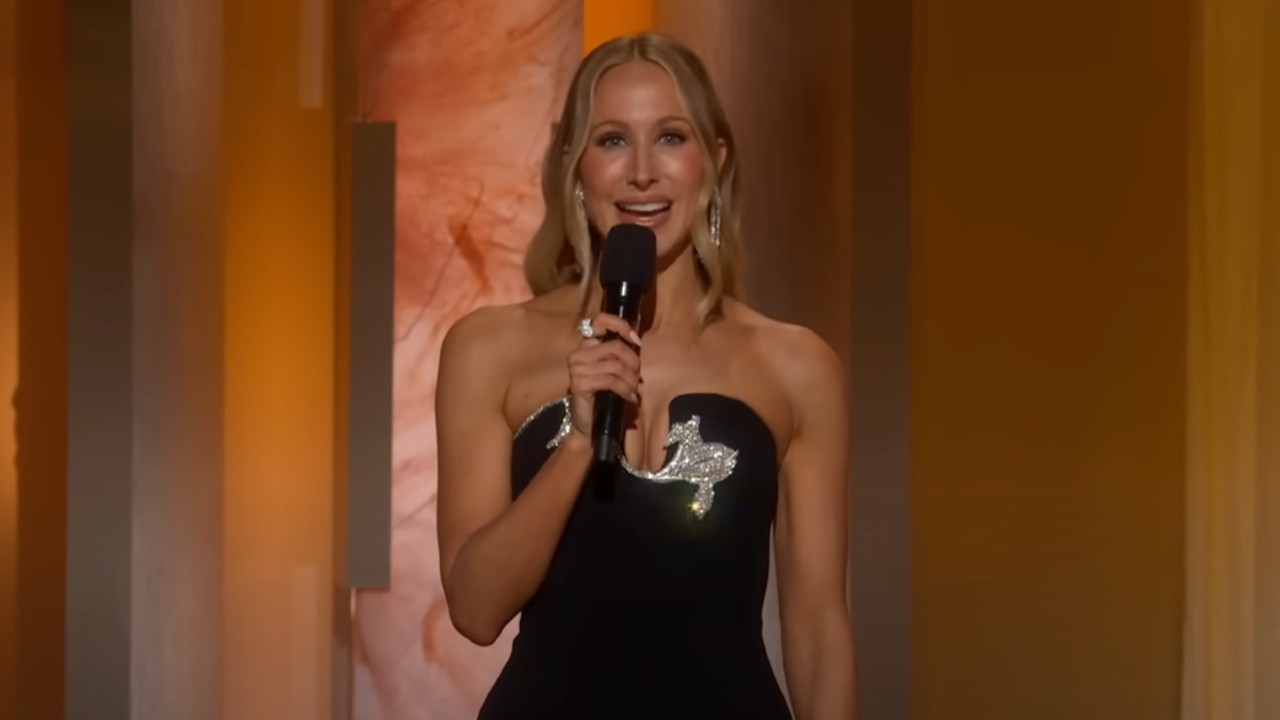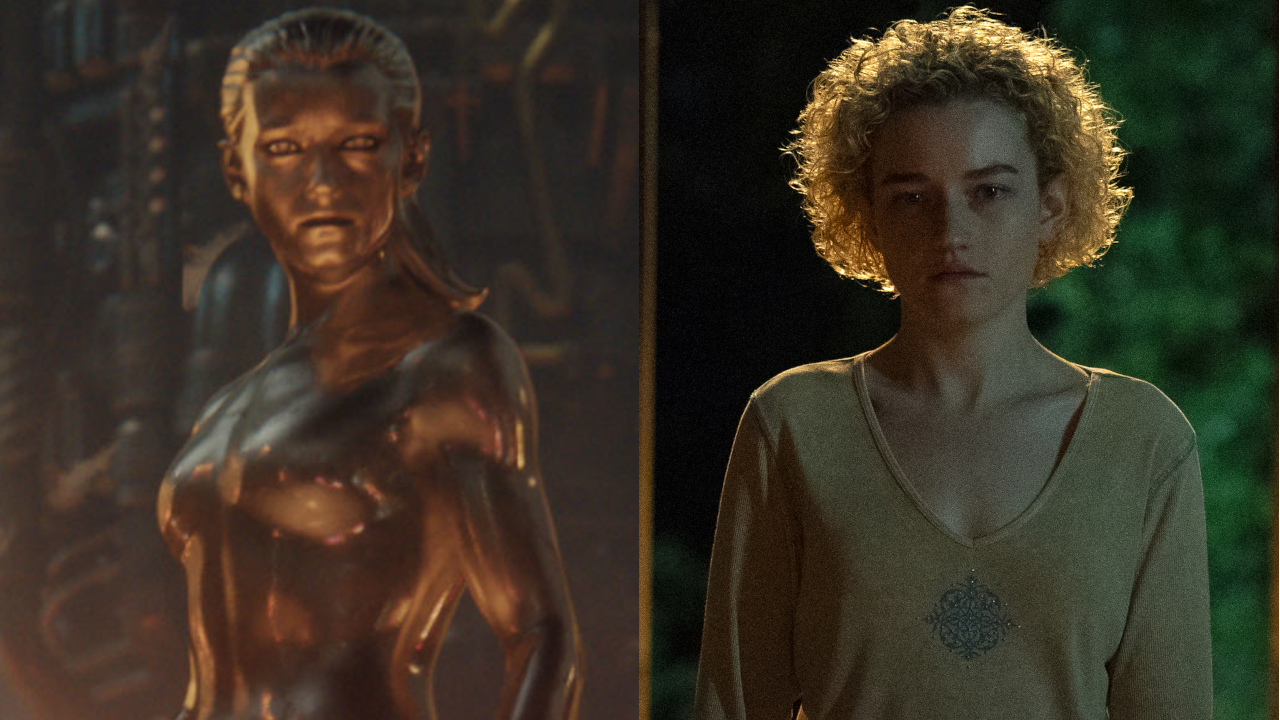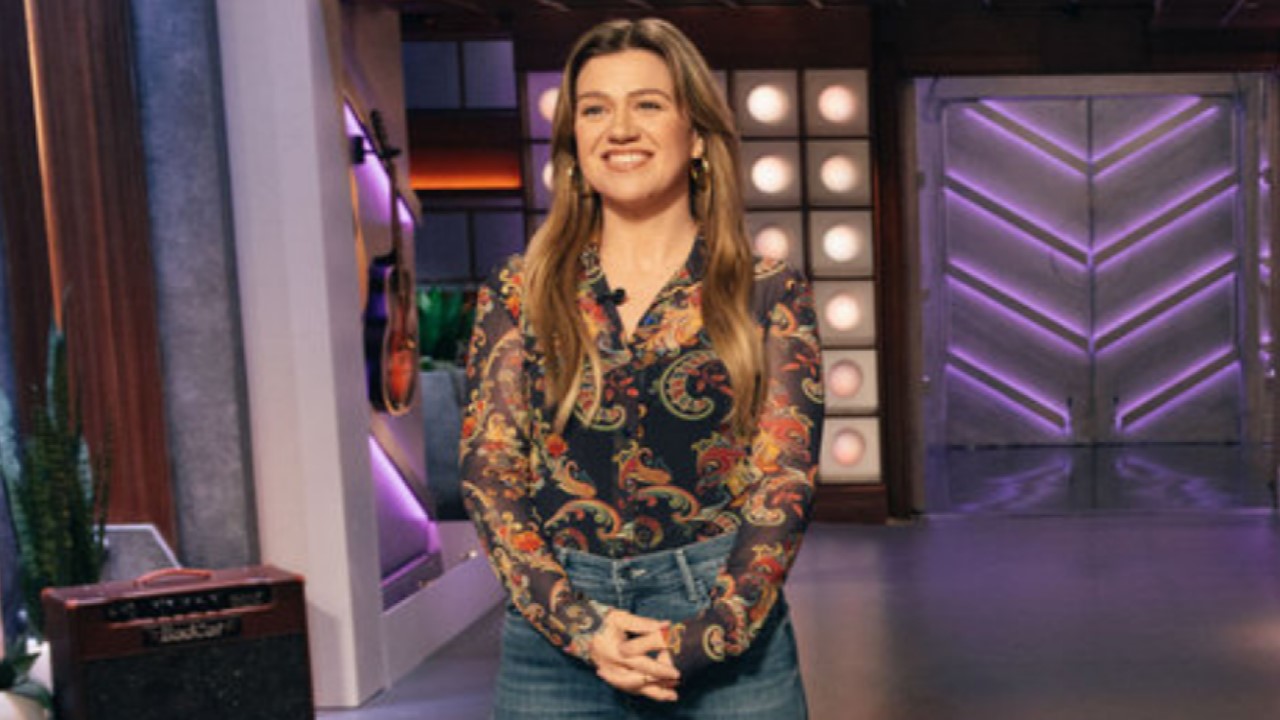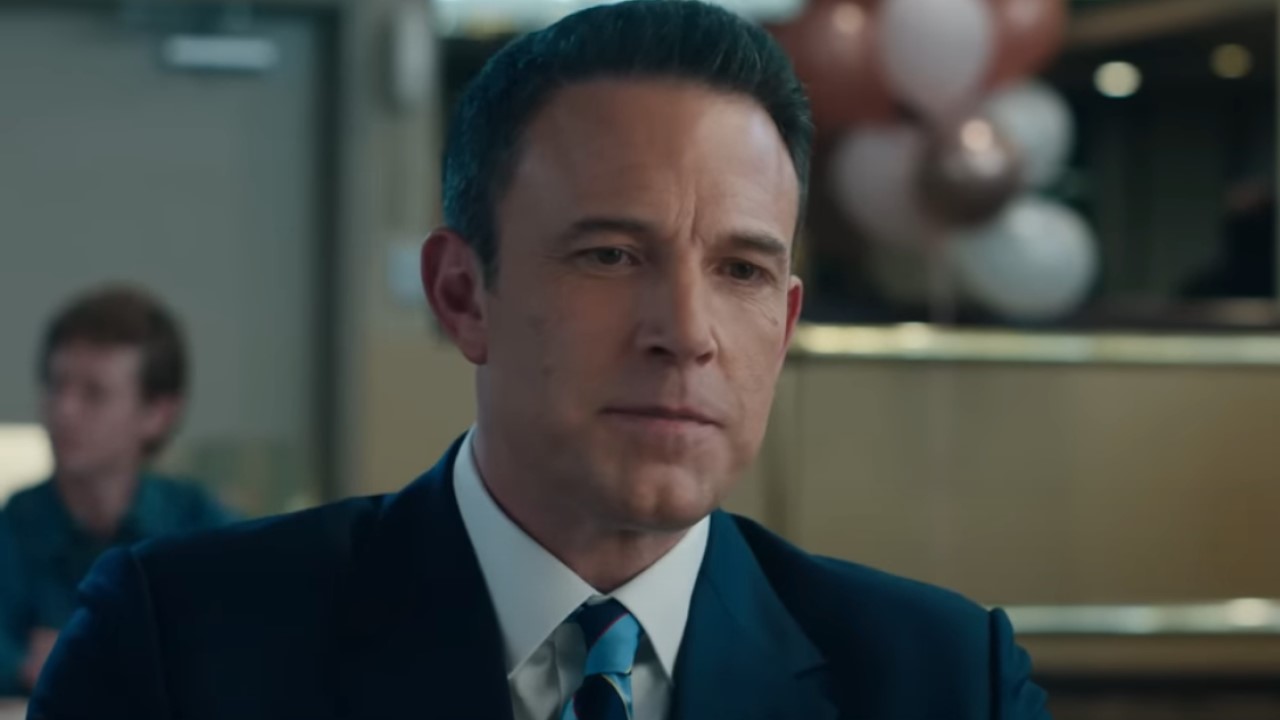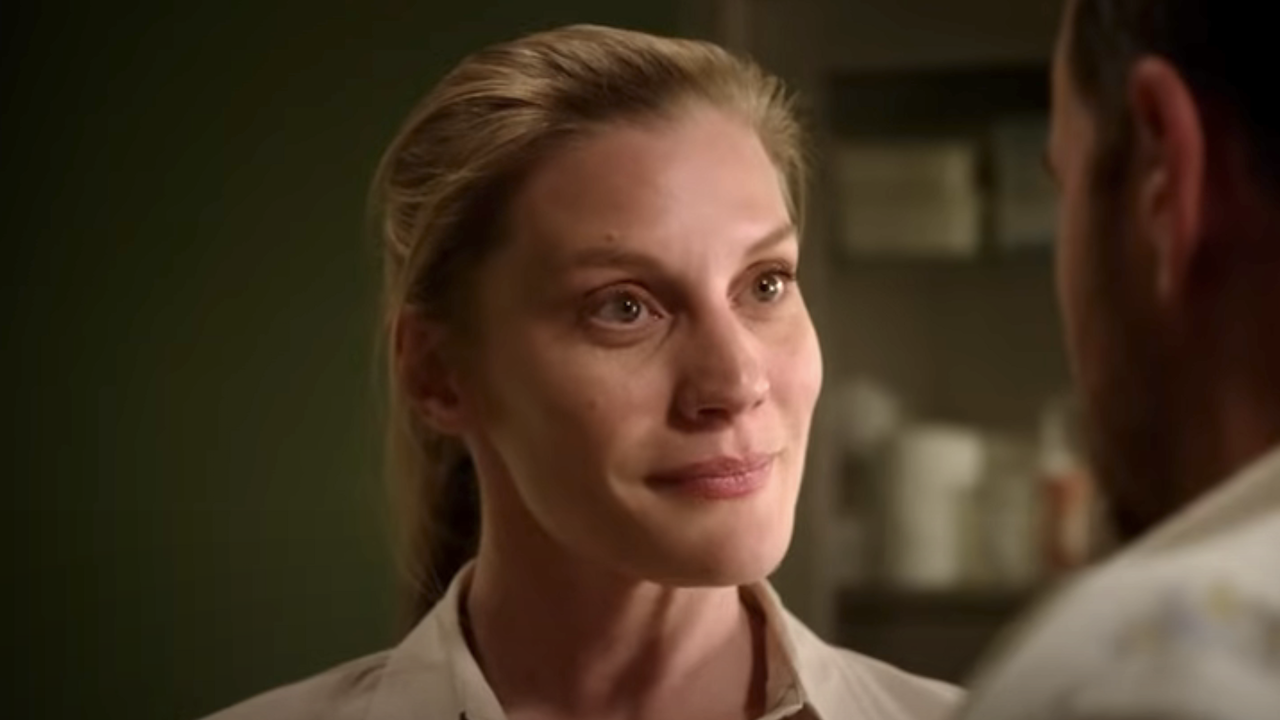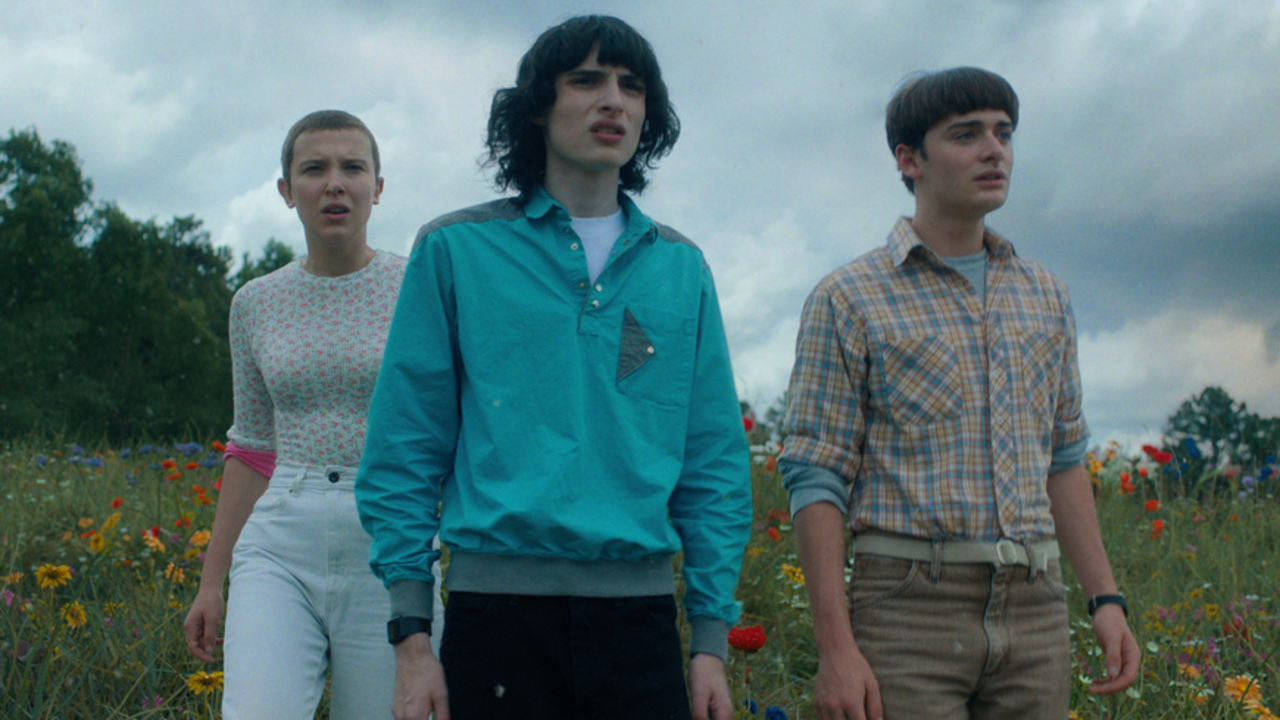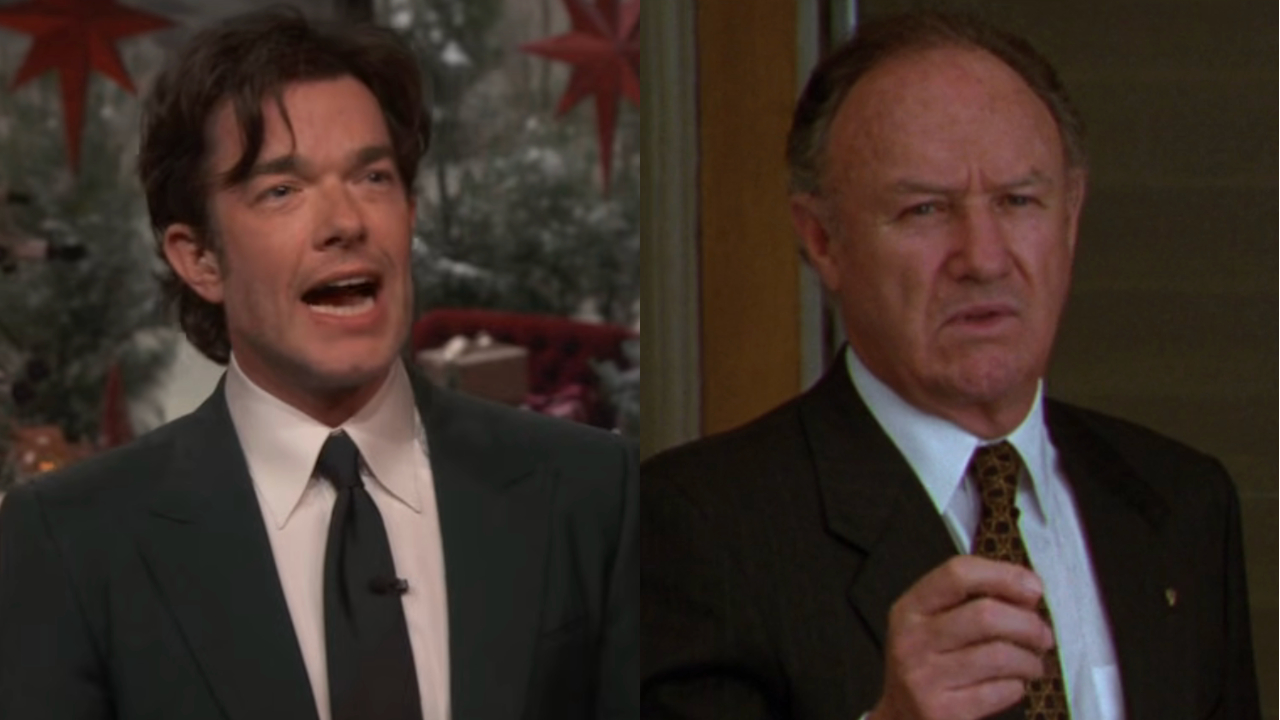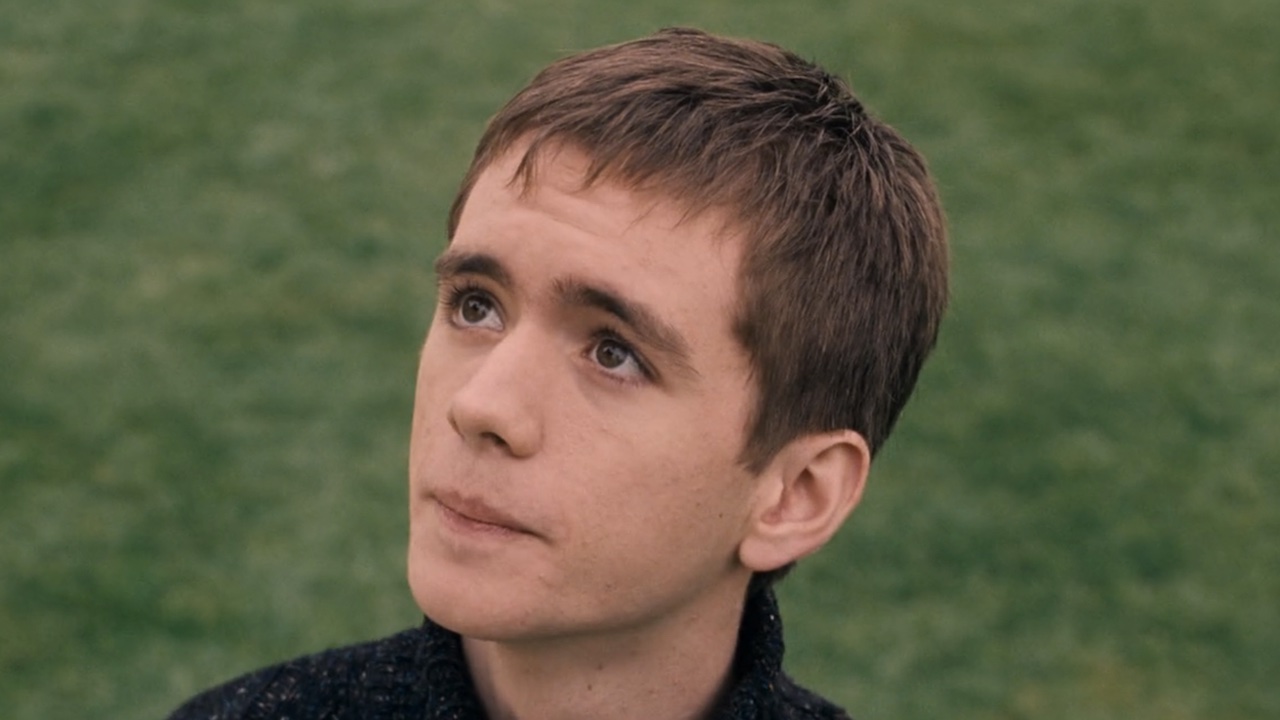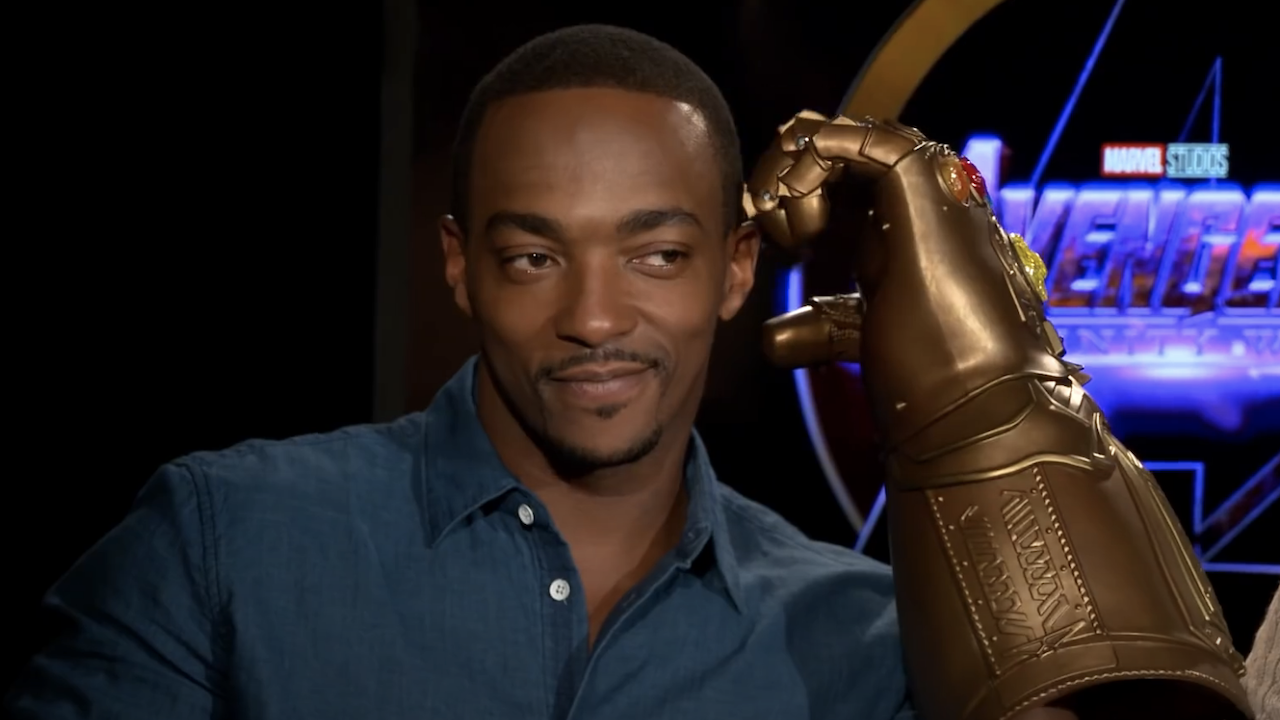Brave Producer Katherine Sarafian On Pixar's First Heroine And What Steve Jobs Taught Her
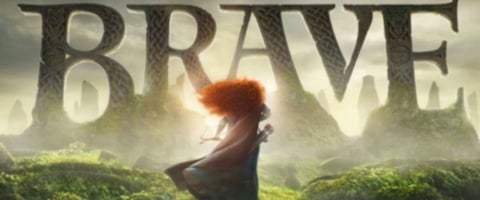
Back in March I was invited to spend a day at Pixar Studios in Emeryville, California, to get an early look at their new movie Brave and talk to some of the people who made it possible. A few weeks ago I brought you my first report, including a detailed look at just how complicated it was to build Merida's fiery red hair, and an interview with the film's director, Mark Andrews. Now here's the second half, just in time for the film's release this week. Enjoy!)
Pixar has been accused of being a boy's club in recent years, and not without reason-- every director of every feature film and short film they've made has been male, and all of their heroes have been male as well. They were getting ready to change both molds with Brave, which not only features their first female main character in Merida, but was directed by Brenda Chapman, an animation veteran who had conceived of the story of the independent, flame-haired Scottish princess who fights to determine her own fate. But in 2010, with just two years to go until Brave's release, Mark Andrews stepped in as Brave's director, in the kind of switch that isn't that uncommon at Pixar-- Brad Bird wasn't the original director of Ratatouille, for example, and John Lasseter stepped in to handle Toy Story 2 midway through its development.
The massive Pixar team is used to making changes to their films until they get things perfect, but that doesn't mean they don't need someone behind the scenes to make sure every transition runs smoothly. Enter Katherine Sarafian, a Pixar veteran who started off in production, spent some time bringing a sense of storytelling to the marketing department, and then moved back over to production in time to become the producer of Brave, working closely with both Chapman and Andrews to bring Merida's story to life. During the big press day Disney held at the Pixar campus back in March, Sarafian held court in a roundtable interview with the kind of authority you'd expect from a producer-- never giving away too much about the plot, always answering carefully and intelligently, and speaking so fast you never doubted she knew exactly what she was talking about. When I sat down with her one on one later that afternoon, the publicist in the room commented that the two of us started talking faster and faster as the interview went on, to the point that I'm convinced I got twice as much information out of Sarafian as anyone else.
What you'll read below is a combination of that roundtable conversation and my one-on-one, in which Sarafian talks about the transition between Chapman and Andrews as directors, the importance of Merida as the studio's first female heroine and Brave as their first original movie in three years, and how working with Steve Jobs-- "learning marketing from the best marketer," as she puts it-- has helped her now that she's working in production again. Take a look at the interview below, and see the result of six years of hard work when Brave opens in theaters this weekend.
This film has been in development longer than most Pixar movies. What made it such a challenge?
It's a series of things. This story immediately hooked Lasseter and the brain trust, they loved it from the beginning. But the development process is full of ups and downs. Every film has a development process, and they all have to be developed before they can go into production. The development process means you put the movie up into movie form the best you can every 3-5 months, you sit with the brain trust, tear it apart, poke holes in it, build it back up. We did that many times, just as every Pixar film does. We had a great team along the way helping us out-- John Lasseter, Brad Bird, Andrew Stanton, Pete Docter-- and the brain trust, and they went through all the paces a typical film goes through, just over a bit more prolonged period. Like Mark always says, story is hard, it's alchemy. There's so many nuances to it. I learned a lot having a front row seat to the story process. It's easy to tell a simple story, it's not easy to tell one really, really exceptionally well. That's why we take the time. We take as long as we need to make it great.
What were the story points you hit during production that weren't working?
CINEMABLEND NEWSLETTER
Your Daily Blend of Entertainment News
Every time you have a brain trust meeting you put it up and say, "OK, these things, I see the mother-daughter dynamic is working really well. And I see the father-daughter dynamic working really well. But then the lords, it's confusing whether they're marrying her, or are they really her suitors." We develop the story to a point where we realize, 'Wait, the lords shouldn't be suitors, they're too old. The lords have sons, and they're the suitors." That's an example of the kind of thing of something that, from the earliest seed of the story, we know there are these others clans, but we don't know who they are going to be. Or that Merida will shoot to win herself in the games, that develops over time. We know there are going to be games. We have all these pieces, but how they work together, that's the kind of stuff that doesn't work right off the bat in any of our films. Every Pixar film goes through that in a different way.
<>And what about the visual challenges of creating this world?
There's elements of magic in the story, and there's a dark forest with hints of danger. We modeled the dark forest after the one we saw on our research trip to Scotland, but once we went on these research trips we saw this was not going to be an easy task, because of the textures of the moss, the lichen. There's something growing on everything. And the weather's constantly changing. There were no easy surfaces in Scotland. We had to figure out how to do al of this, the story required it. Merida, our central character, she's a fiery, spirited lass, and her hair is very much part of her character and who she is. She needed this wild red hair, we felt it was very much part of her character. We look at the challenge, what the story needs, then it's "we're going to make the tools to make this story happen." As John says, the art is challenging technology, and technology is then inspiring the art. We did our first horse, did our first bear. It's a lot of firsts, and we're very proud of it.
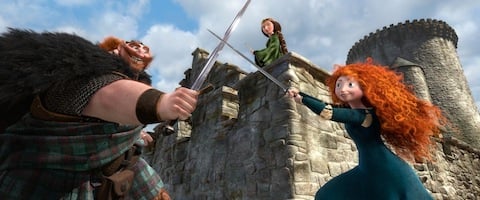
We saw the color script earlier and it had this whole snowy opening sequence. That's not there anymore. Can you tell us what that was about?
We have a snow scene in the movie, a shot or two, but there was a time that this movie was almost covered in snow. But as the story developed, we found that we didn't need snow in all these scenes, we needed all the various weather patterns that develop in Scotland, because this is a film about a family transforming itself and growing, and the weather patterns needed to allow Merida to do all the things she needed to do. The story required her to have her joyous moment, and you saw it [in the beginning of the film], shooting her archery. I don't know that scene would have been as much fun for her if there were snow. Snow wasn't needed throughout the film, and it took us a while to realize that. As with every aspect of the process, we learned we can't get too attached to it, because the development process and the creative process is ever-changing. You put the movie up, you look at it with the brain trust, and you tear it down. If you ever get too attached to anything you're going to be disappointed.
You know as well as anyone the importance of Merida as the first Pixar heroine. From the very beginning have you been thinking of her as kind of a avant grade figure, moving Pixar into the future?
It didn't really hit me until more recently, as people have talked about it. This is so Pixar, to have our heads buried in our story. We were constructing around what the story required of her, which is that she's got to be able to shoot these arrows and defend the kingdom. We focused on all these things, and what comes out of it is this protagonist who's' so exceptional and fresh and new. She was really built the way our other characters are built, in service of the core story. I'm really pleased that she's making an impact right now.
She works as kind of a rejoinder to this story that Pixar is a boy's club. Do you think she's an important mold breaker?
I think it is nice as a happy byproduct of having Brave out there, to show another facet of the Pixar storytelling. They're all so different that in a way it makes perfect sense that now we have a female archer in ancient Scotland. But we can't deny that it's the first film where we've had a girl at the center of it. We'r ere ally proud of that, and I do hope it helps people see that Pixar will continue delivering all kinds of stories, and we would never stop at boy-centered stories.
At what point did you get brought in as producer?
it was right around the first Scotland research trip. I was in development and I was trying to usher a few projects along. I had finished Lifted, the short film, and I had some time and went into development to help a few directors get their stuff off the ground. Brenda's team was ready to go to Scotland for research, and the development team suggested I should go and oversee the trip. I thought I was joust overseeing the trip, and on one rambling bus ride it became clear it was a matchmaking trip. We didn't really know each other, but we came to get along and work really well on the trip, and someone whispered in my ear "You're going to be producing this movie." Then I came back and had lunch with Jim Morris, our head of production, and he said "You and Brenda, this is the team."
And Mark was along on the trip, but just as kind of a member of the brain trust?
Brenda invited him to come as Scottish consultant. Brenda and Mark both share this passionate love of Scotland, Scottish folklore and history. As a story mind, he was a great help as well.
Was there a point where there were there of you working a transition?
We had Mark in for various meetings throughout the process, and he would weigh in on brain trust screenings and notes, just like a lot of other directors would. Then when Mark transitioned on-- I had worked with him on The Incredibles as well, he was head of story and I was production manager. Of course the Scotland trip was more sealing the bonding, since he was playing his penny whistle the entire trip.
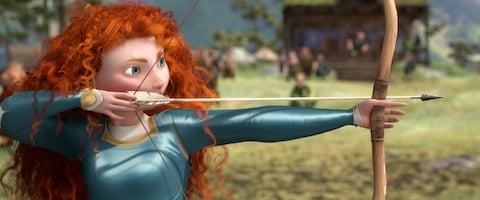
How do you get used to the Pixar way of working, where you work on a scene for 3 months and throw it out, or change directions and change teams. How do you learn to be able to kill your darlings?
I didn't learn it so much as I had it beaten into me over the years. You have to experience it. I came in fresh out of film school, I had total control over everything. Then I came to Pixar, and it was "You don't have control, the story controls it. You have to be a slave to what the story needs." We had a director change, we had voice talent change, we had story changes. I think I had to learn on the job through the years on Monsters, Incredibles, the other films I've worked on, not to get too attached to anything, because it can change. Some of our most memorable and wonderful scenes came late in the game because we opened ourselves up to the possibilities-- the aliens in Toy Story, for example. We let ourselves be open to this late-breaking change that made it so much better. I had to learn it by watching my colleagues do it-- John Lasseter, he really knows how to let go of stuff. You learn by watching and then you learn by doing.
I was fascinated to see that you went over into marketing after working in creative, and then you went back.
Yeah, I had a detour. It was one of those things where it's still fairly early in my Pixar career, and we were looking at the marketing group as one that needed to be more tied into the creative of the films, more filmmaker-driven marketing. I was actually asked to leave my department in production-- I was A Bug's Life art department manager-- and to infuse that filmmaking spirit into the marketing. So I detoured over there, ended up staying there for a few years, but I felt myself being pulled back to my first love, which was film production .But in the couple years that I was in marketing, I learned so much. I made Disney relationships that I still have, I worked directly with Steve Jobs, which was a huge experience-- I learned marketing from the best marketer. At the time I was working really hard and always tired, and now that I'm producing Brave I'm like, wow, that was the most valuable experience I had, in terms of building my skills. I look back on it now and I appreciate it a lot more.
When they brought you in to bring more filmmaking into the marketing, what changes did that result in?
I think the result would have been hopefully invisible to people on the outside. But in terms of how we were internally functioning at Pixar-- we create a lot of assets, character artwork and posters-- but it takes work to do it, and the filmmakers are all busy making the film. So how are you going to do this so it's try dot the spirit of the movie. How can you make it created by the people who created the movie? It was everything from management contortions to trying to pull in more help than we actually had, to deliver more media that could be used. It was definitely a time of learning how we could market better, and sometimes it was about not doing so much stuff, but a few things really, really well. And also help Pixar learn about the process, because it was still new in the Disney relationship.
Staff Writer at CinemaBlend

